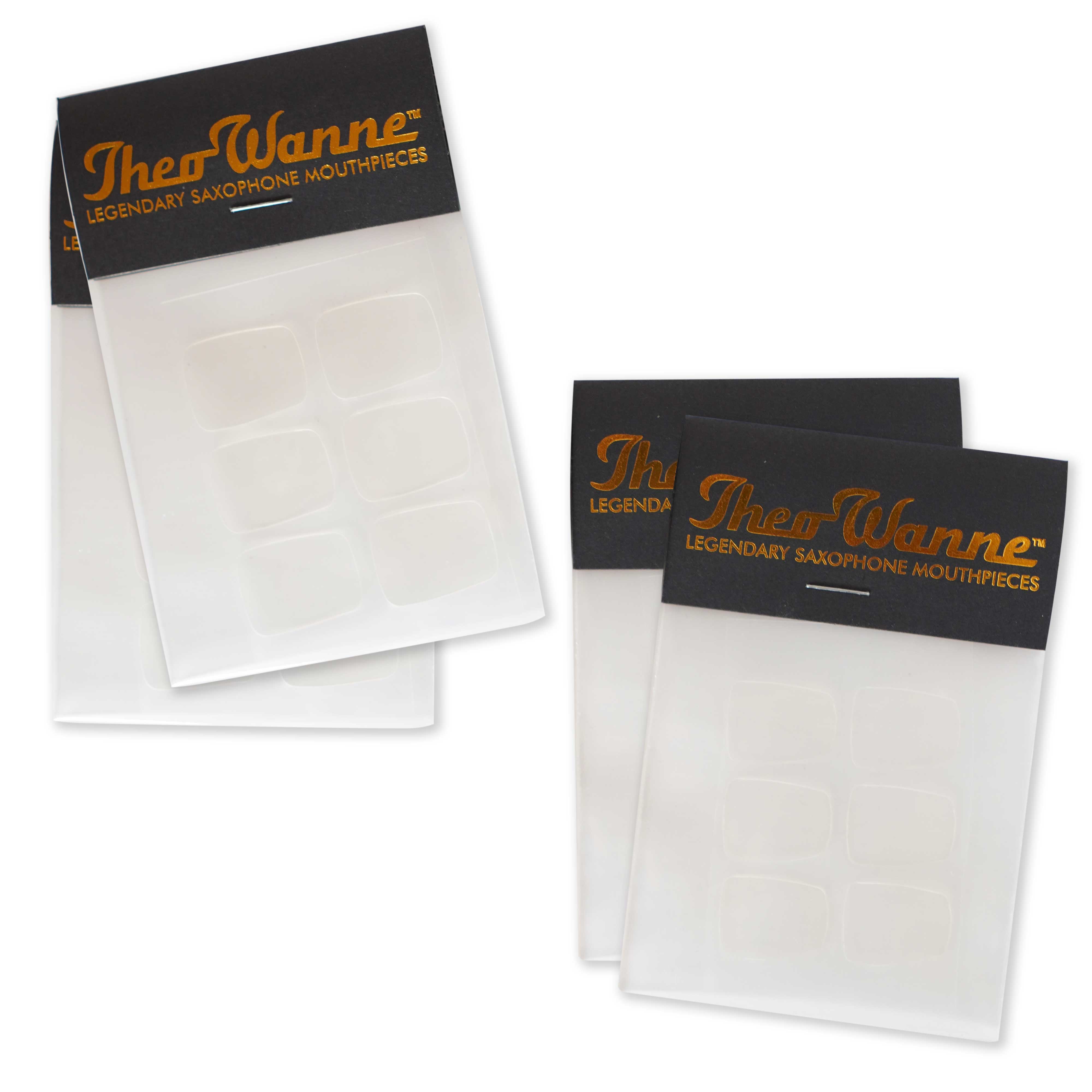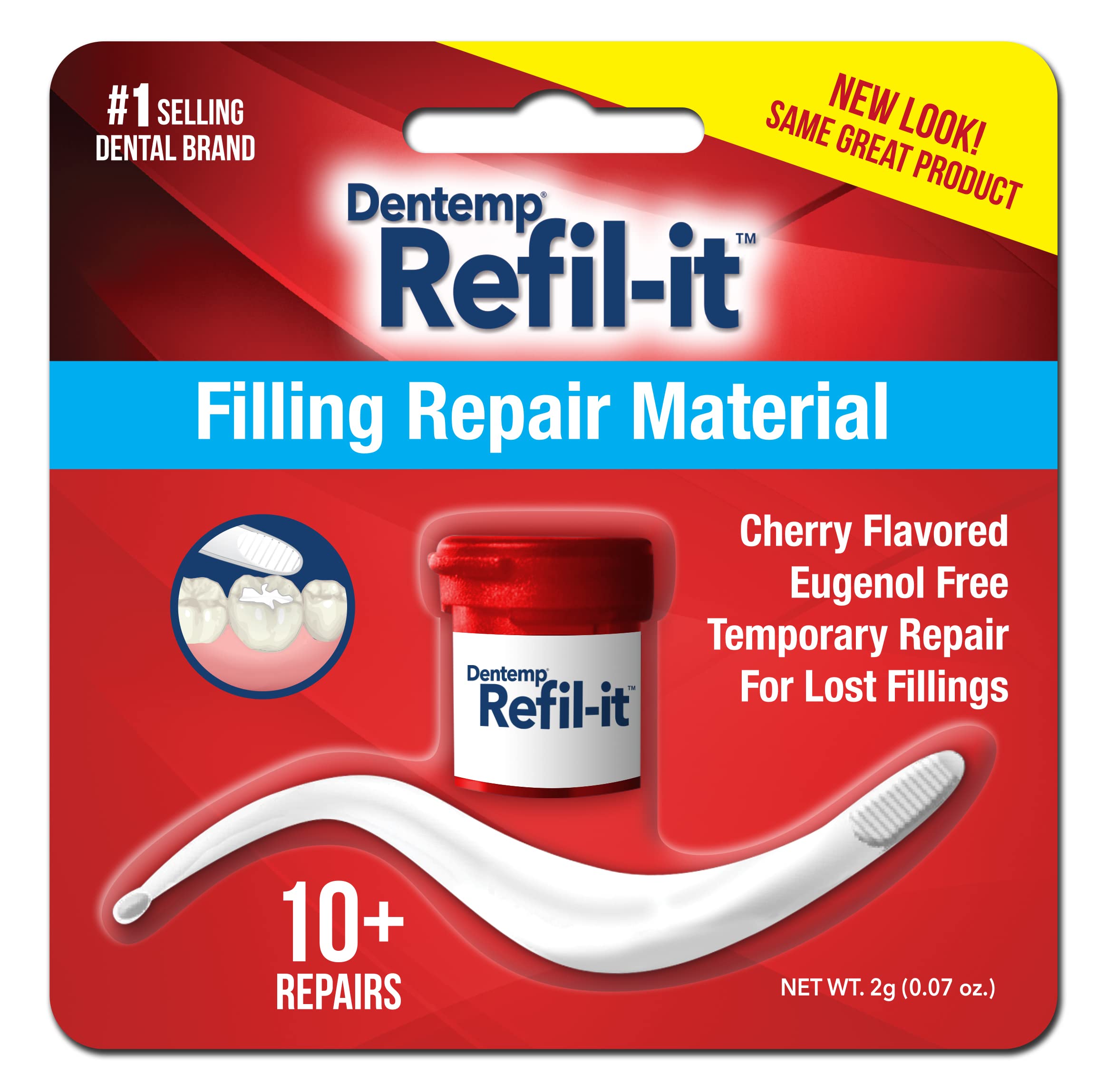Bite Pads Braces

The alignment of teeth is a crucial aspect of oral health and aesthetics. For many individuals, achieving perfectly aligned teeth can significantly boost their confidence and overall well-being. Among the various orthodontic treatments available, bite pads and braces are two common solutions that orthodontists recommend to address issues related to the alignment of teeth and the bite. Understanding the differences and purposes of bite pads and braces can help individuals make informed decisions about their orthodontic care.
Introduction to Bite Pads
Bite pads, often referred to as bite guards or occlusal guards, are custom-made appliances designed to protect the teeth and jaws from the effects of grinding or clenching. These pads are typically made of a hard or soft plastic material and are worn over the upper or lower teeth. Their primary function is to act as a barrier between the upper and lower teeth, preventing direct contact that can lead to wear and tear, pain, and even more severe issues like temporomandibular joint (TMJ) disorders.
Introduction to Braces
Braces, on the other hand, are a type of orthodontic device used to correct the position of teeth and the bite. They consist of brackets attached to each tooth and wires that connect these brackets. The wires apply pressure to the teeth, gradually moving them into the desired position. This treatment is not only aesthetic but also functional, as properly aligned teeth can improve chewing and speaking abilities and reduce the risk of tooth decay and gum disease.
Comparative Analysis of Bite Pads and Braces
While both bite pads and braces are used in orthodontic treatment, they serve different purposes and are used in distinct situations.
Purpose: The primary purpose of bite pads is to protect the teeth and alleviate symptoms associated with bruxism or issues related to the bite, such as pain in the jaw or teeth grinding. In contrast, braces are designed to correct the alignment of teeth, addressing issues like overbites, underbites, crossbites, and teeth spacing problems.
Application: Bite pads are generally recommended for individuals who have issues with teeth grinding or clenching, whether during the day or at night. Braces, however, are applicable to a broader range of orthodontic needs, including correcting overcrowding, crooked teeth, and malocclusions.
Duration of Use: The duration for which bite pads and braces are used can vary significantly. Bite pads can be worn as needed, often at night, and may be used for an extended period as a preventative measure. Braces, depending on the complexity of the case, can be worn for anywhere from six months to several years.
Technical Breakdown: How Braces Work
The process of using braces to correct the alignment of teeth involves several key steps and components:
Initial Consultation: The journey to wearing braces begins with an initial consultation with an orthodontist. During this visit, the orthodontist evaluates the patient’s teeth and bite, discusses potential treatment options, and answers any questions the patient may have.
Fitting the Braces: Once the decision to proceed with braces is made, the next step is the fitting process. This involves bonding the brackets to the teeth and placing the archwire. The brackets are attached to each tooth using a special adhesive, and the archwire is then threaded through the brackets.
Adjustments: Over the course of the treatment, the patient will return to the orthodontist for regular adjustments. During these visits, the orthodontist will tighten the archwire, which applies more pressure to the teeth, gradually moving them into the correct position.
Removal: After the treatment period, the braces are removed, revealing the newly aligned teeth. To prevent the teeth from shifting back to their original positions, the patient is usually given a retainer to wear.
Myth vs. Reality: Common Misconceptions About Orthodontic Treatments
There are several misconceptions surrounding orthodontic treatments like bite pads and braces. One common myth is that these treatments are only for aesthetic purposes. While it is true that orthodontic treatments can significantly improve the appearance of one’s smile, they also play a critical role in maintaining oral health by ensuring proper tooth alignment and bite.
Another misconception is that braces are painful. While there may be some initial discomfort when the braces are first applied or adjusted, this discomfort is typically mild and temporary. Furthermore, advancements in orthodontic technology have led to the development of more comfortable and discreet treatment options, such as clear aligners and lingual braces.
Future Trends Projection: Advances in Orthodontic Care
The field of orthodontics is continuously evolving, with ongoing research and technological advancements leading to more efficient, effective, and patient-friendly treatments. One of the most significant trends in orthodontic care is the increased use of digital technologies, such as 3D printing and computer-aided design (CAD) software, to create customized appliances and treatment plans.
Another area of development is in the materials used for orthodontic appliances. For instance, the introduction of clear aligners has provided a more aesthetic alternative to traditional metal braces. Additionally, there is a growing interest in the use of biocompatible materials that can reduce the risk of allergic reactions and other adverse effects.
Decision Framework: Choosing Between Bite Pads and Braces
When deciding between bite pads and braces, or considering any orthodontic treatment, it is essential to consult with an orthodontist. They can evaluate your specific needs and provide a personalized recommendation based on the current state of your teeth and bite. Here are some key considerations to keep in mind:
Assess Your Needs: Determine whether your primary concern is protecting your teeth from grinding, correcting the alignment of your teeth, or addressing a specific issue related to your bite.
Consider Your Lifestyle: Think about your daily routine and how it might impact your treatment choice. For example, if you are active in sports or prefer a more discreet treatment option, certain types of braces or mouthguards might be more suitable.
Evaluate the Cost: The cost of bite pads and braces can vary. It’s crucial to discuss the financial aspects of your treatment with your orthodontist and explore any available payment plans or insurance coverage.
Long-Term Benefits: Consider the long-term benefits of each treatment option. While bite pads can offer protection and relief from grinding, braces can provide a more permanent solution to alignment issues, potentially reducing the need for future orthodontic interventions.
Conclusion
In conclusion, bite pads and braces are two distinct orthodontic solutions designed to address different needs and issues related to teeth alignment and bite. Understanding the purposes, applications, and benefits of each can help individuals make informed decisions about their orthodontic care. Whether you’re seeking to protect your teeth from the effects of grinding or to correct the alignment of your teeth for aesthetic or functional reasons, consulting with an orthodontist is the first step towards achieving a healthier, more confident smile.
What is the primary purpose of bite pads in orthodontic treatment?
+The primary purpose of bite pads, also known as bite guards or occlusal guards, is to protect the teeth and jaws from the effects of grinding or clenching, thereby preventing wear and tear, pain, and more severe issues like TMJ disorders.
How do braces work to correct the alignment of teeth?
+Braces work by applying pressure to the teeth through brackets and wires. The process involves bonding brackets to each tooth and threading an archwire through these brackets. Regular adjustments tighten the archwire, gradually moving the teeth into the desired position over time.
What are some common misconceptions about orthodontic treatments like bite pads and braces?
+Common misconceptions include the belief that these treatments are solely for aesthetic purposes and that braces are painful. In reality, orthodontic treatments play a critical role in maintaining oral health, and while there may be some initial discomfort with braces, it is typically mild and temporary.
How are advancements in technology impacting the field of orthodontics?
+Advancements in technology, such as 3D printing and CAD software, are leading to more customized and efficient treatments. Additionally, the development of clear aligners and biocompatible materials is providing patients with more aesthetic and safe options for orthodontic care.
What factors should be considered when deciding between bite pads and braces?
+Factors to consider include your specific orthodontic needs, lifestyle, the cost of treatment, and the long-term benefits of each option. It’s essential to consult with an orthodontist to determine the most appropriate treatment based on your individual needs and circumstances.



